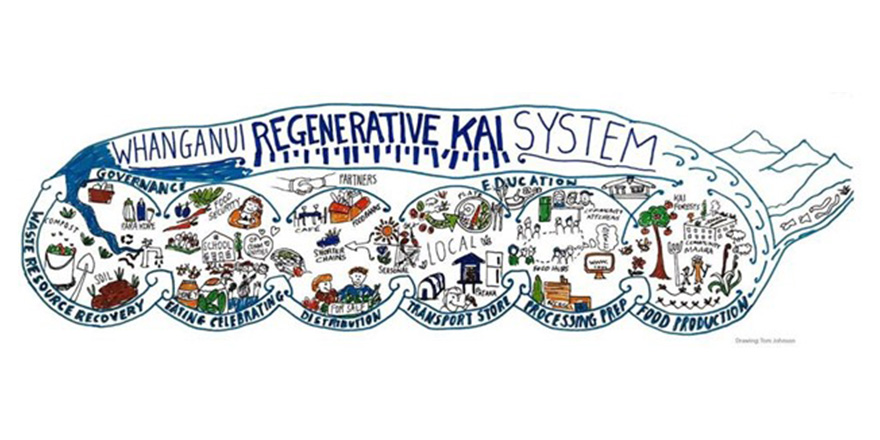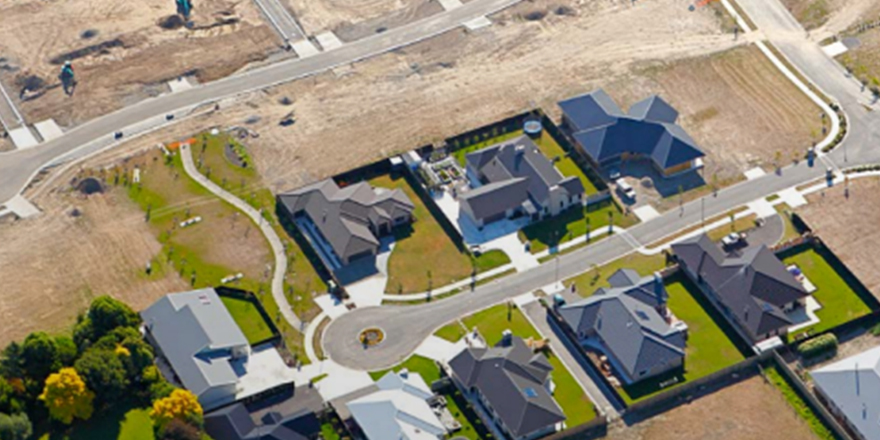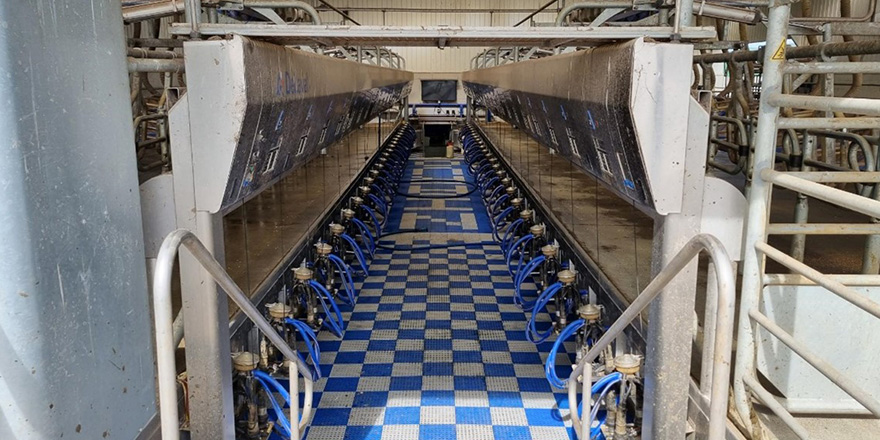
Executive Summary
In this project I considered the question “how might we develop a food system that benefits everyone in
community?” I ask this question because there are two sides to our current food system. We have a highly productive and well-functioning export system bringing benefit to the New Zealand economy, yet domestically we have people struggling to access healthy food. Some may suggest this is a social sector issue but I’d argue that when a significant number of New Zealanders are reliant on charities for food then there is something inherently wrong with our food system.
I conducted 45 interviews with people from right across our local community including farmers, business, iwi, local government, social services, beneficiaries and youth. What was broadly evident from the interviews was that there was a dissatisfaction with our current food system and a belief that it is failing people within our community. People commented on how there seemed to be a lack of thought regarding ensuring food production is protected and that people have access to food. Many raised concerns about how health was being impacted by poor quality food. The shift from localism to a centralized food system was also a subject of concern that was regularly raised.
In looking at the personal experiences of people who had been through food insecurity and lessons from past generations a common theme was raised of the importance of self-sufficiency skills like gardening, hunting, bartering and trading. The importance of community, whanau and having good networks was also highlighted. The case study of Taumarunui Whakaarotahi Trust demonstrates at a practical level how the unique strengths of rural New Zealand can be better utilized to develop a food system that benefits everyone in the community. There is much that can be achieved by local communities in collaboration with the primary industries.
However, there are regulatory roadblocks that need to be addressed by Government to enable a thriving local food system to develop. The potential benefits of developing such a food system are wide ranging, impacting poverty, physical and mental health, increasing community connectedness and resilience, stimulating regional economies and reducing CO2 emissions. In making my recommendations I considered the enormous pressure Covid-19 has placed upon our local communities, the primary sector and Government. I therefore focused mainly on areas of collaboration, how we could build on current initiatives and better utilize our strengths.
Recommendations:
Community / Local Government / District Health Boards
- Consult widely amongst the community to avoid making assumptions about who is interested in food security and who can help bring solutions
- In designing a food system to benefit community consider the unique strengths of the area and the strengths and values of the people within your community.
Primary Industries
- Connect with Kore Hiakai and be part of food security conversations to investigate ways to better integrate current food security initiatives with education from food producers regarding how that food is grown
- Horticulture industry to partner with community and marae-based gardens and offer advice as part of
fulfilling their vision of ‘healthy food for all, forever’ - Partner with Government and local communities in developing models to help small landowners be profitable and develop pathways for people to get into land ownership.
Government
- Increase access via changes to food safety regulations and reducing barriers to cottage food industry
- Increase regulation of processed foods high in sugar/salt and saturated fats with the aim of reducing the availability and marketing of unhealthy food – particularly to children
- Establish a national food strategy that involves enabling and facilitating the creation of local food systems
- Utilize Pamu farms to experiment with stacking enterprises appropriate to the local area to identify diversification opportunities for small landowners and increase participation in food production.




